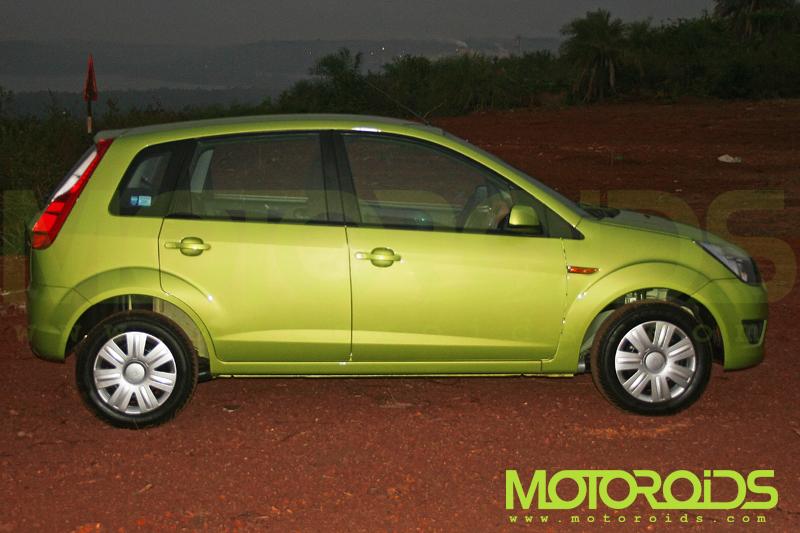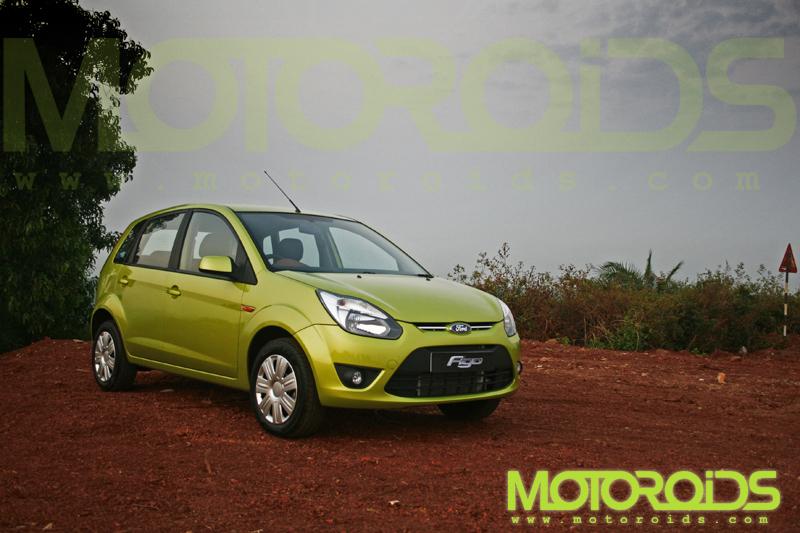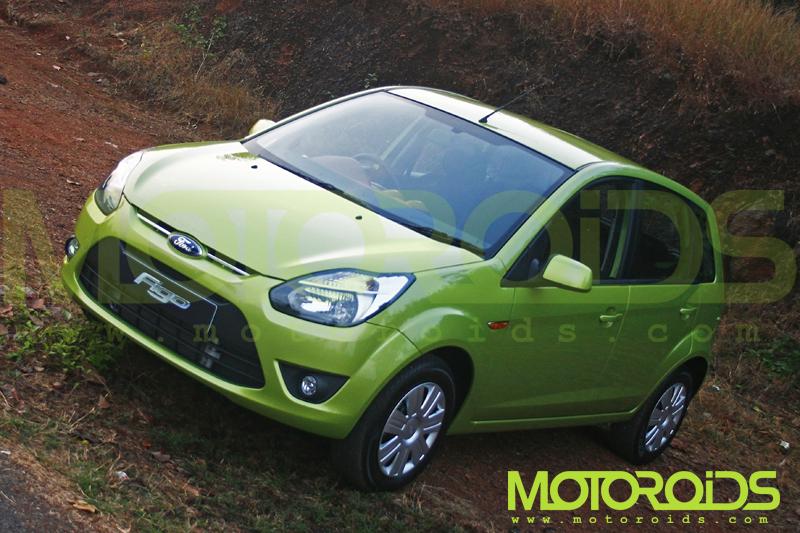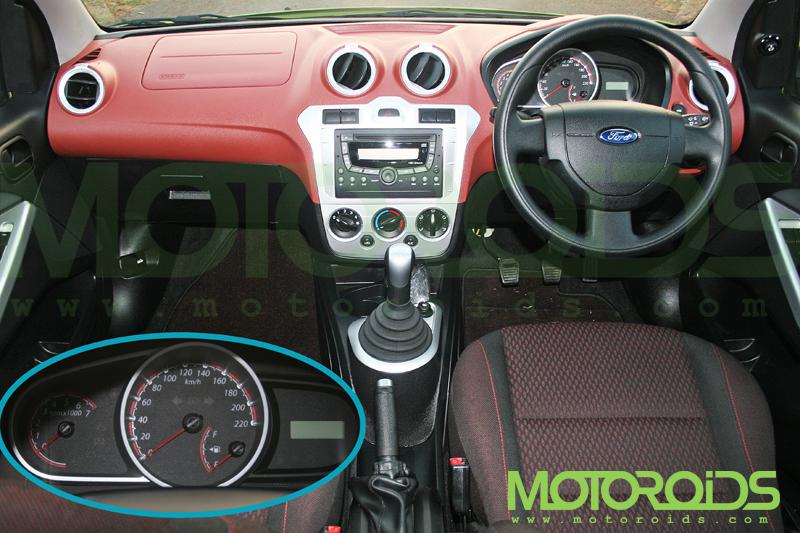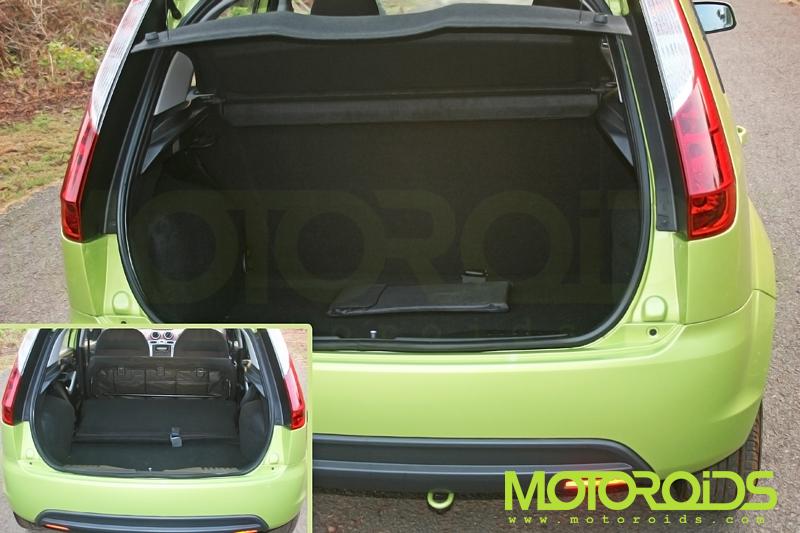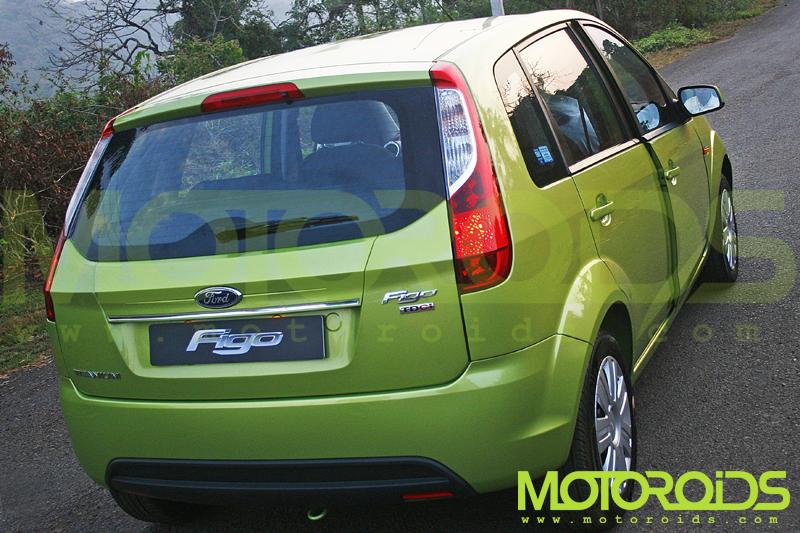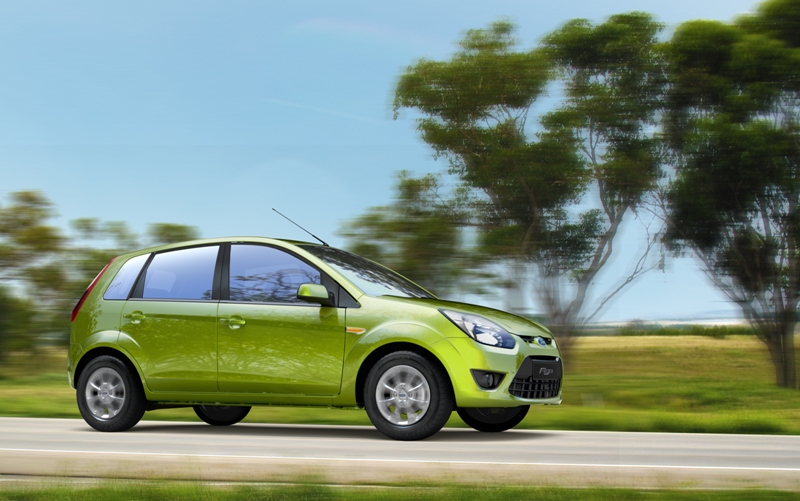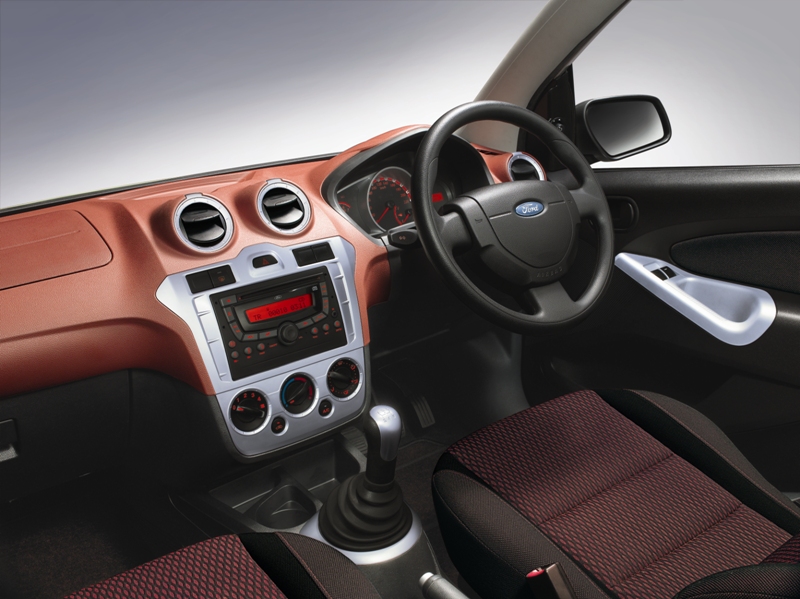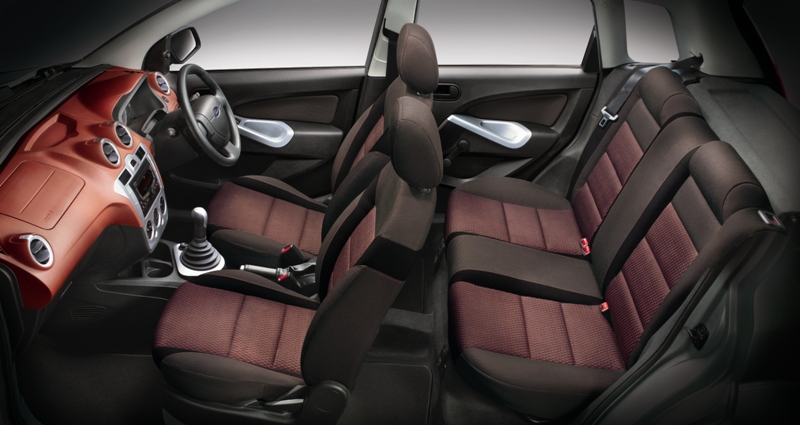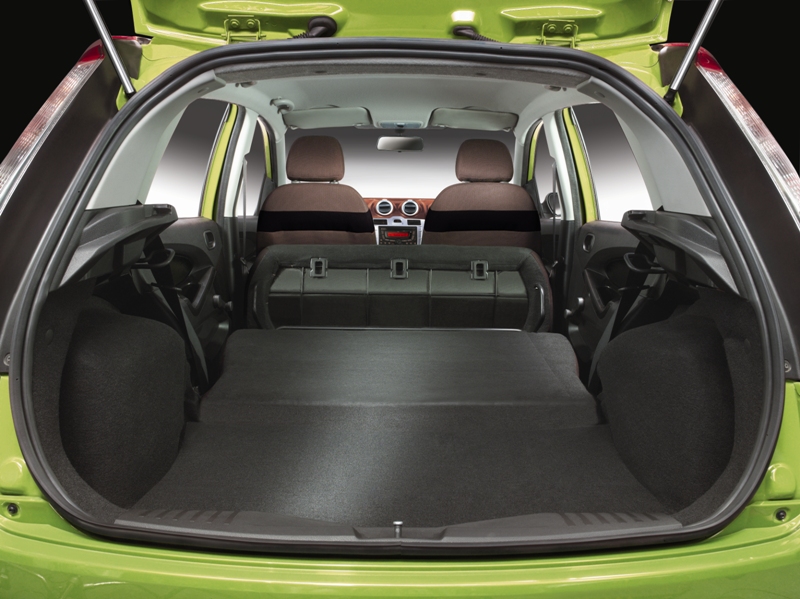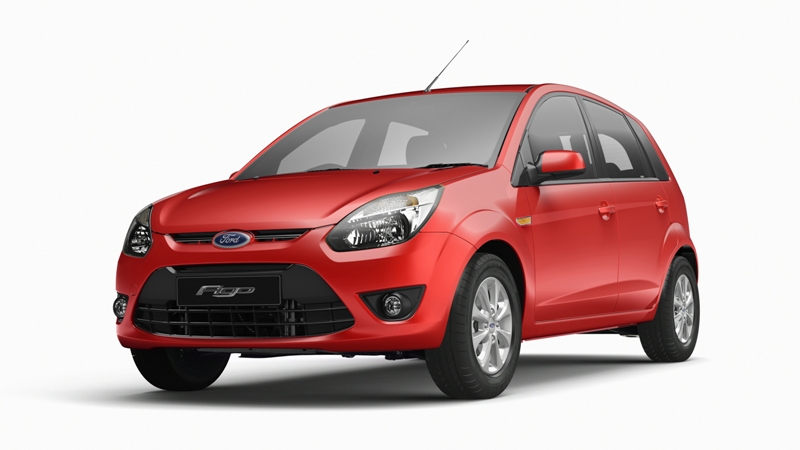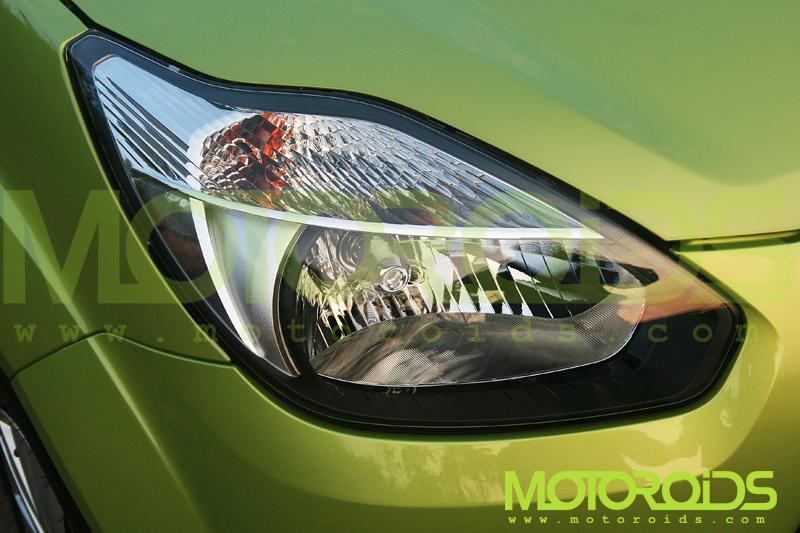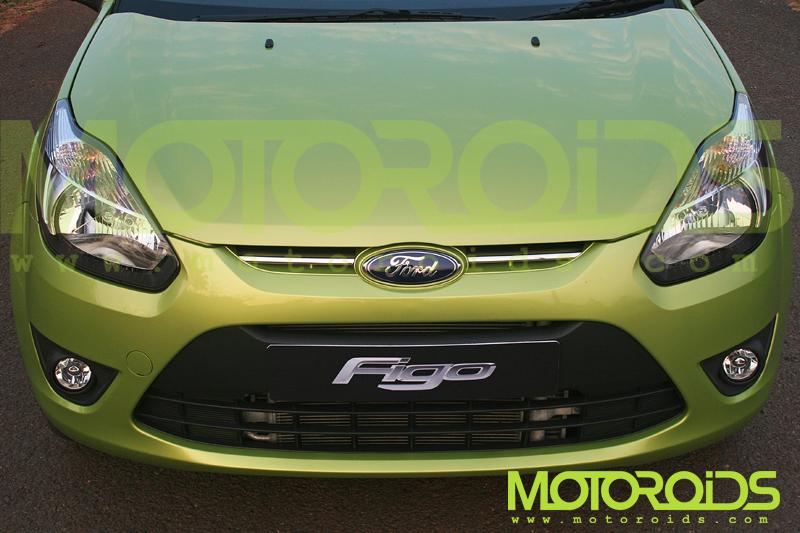The Ford Figo Twin Test!
India is a country of hatchbacks. Ever since the Ikon made its debut in the Indian market, the media has been speculating about a B+ hatch being in the pipeline. The Ikon being a sedan version of the Mark IV Fiesta, everyone expected the hatch version to follow in its footsteps, just like its competitors, the Corsa/Sail and the Siena/Palio did, but that was not to be. Looking back at the market, it seems highly unlikely that the Ikon hatch would have been very successful in the market. But we certainly did miss out on a proper fun to drive small car. Not to worry though, Ford will soon be making amends by launching the Figo in the coming month. The Figo is based on the 2002-2008 European Fiesta platform, just like its stable-mates, the Fiesta Sedan and the Fusion and is developed by the same global team of engineers who developed the Fiesta sedan. The rapid rise in sales of premium hatchbacks in the country is due to the popularity of their diesel variants. Hence the Figo will be available in both petrol as well as diesel variants right from the launch.
Ford Figo Design & Engineering:
Dimensionally, the Figo is almost similar to the Fusion. When my friends saw the Figo’s snaps, the first thing they asked me was, “So is it the new Ford Fusion?” Its shape certainly bears resemblance with the Fusion. When parked alongside its rivals like the i20, Jazz or the Punto, the Figo’s design feels slightly dated in terms of its exterior styling as well as the interiors. Ford’s designers have cleverly incorporated the design cues from the Kinetic design language onto its panels, but have missed out on the proportions of a Kinetic design. To sum it up, it looks like a ‘kinticized’ version of the Ford Fusion. But that is not such a bad thing. The MPV-like shape has liberated an ample amount of space inside the car; its cavernous boot is almost twice as big as some of its arch-rivals. There is plenty of knee room, headroom and elbow room at the front as well as the rear. There is enough space for three average sized adults at the back, though the under-thigh support of the rear seat could have been better. The driving position is perfectly judged with good view of the road ahead, light, progressive controls and slick, precise gearbox that is a joy to use. The top-end variant comes with a unique red colored dashboard, though the color is not exactly to my taste, thankfully there is an option to opt for a normal black colored one.
The build quality is right up there with the best in class. The paint finish on the cars would have easily shamed some rivals from a couple of segments above it. The cars that we drove were pre-production prototypes with a good five thousand kilometers on the clock. But they showed no signs of wear, all the buttons and switches were still in place and working and not even a single rattle or squeak had cropped up in any of the cars. Ford’s engineers have done a great job with the cars NHV suppression. Road noise, tyre noise and wind noise all are well suppressed. The engine noise does filter through into the cabin which is a good thing for the Petrol variant, thanks to its sonorous voice. However, it is a bit of a bother on the diesel variant as some unwanted diesel clatter does filter through into the cabin.
Engine & Gearbox:
The Figo is available with a choice of two excellent engines. The petrol Figo is powered by an all-new 1.2 litre mill. The engine has been specifically designed for India, which means that it has been tuned for out-and-out fuel efficiency. The engine puts out a modest 71bhp @ 6250 rpm and 102Nm @ 4000rpm. Though the power output might seem low on paper as compared to 1.2 litre mills from Hyundai or Maruti-Suzuki, it doesn’t feel any less potent on the move. Ford is claiming a 0-100 kph time of 15.5 seconds for the petrol variant which is a couple of seconds down on its rivals. Even though outright performance may not be as good, the drivability is certainly as good as Hyundai’s 1.2 Kappa and Maruti’s K12 engine. Even the gear ratios are slightly on the taller side and well spaced out in a bid to improve the fuel efficiency. It starts pulling satisfactorily past the 2000 rpm mark. But the real power is delivered at the top end, past 4000 rpm all the way up to its 6500 rpm rev-limit and that too accompanied by a totally addictive, rally car soundtrack. Stay tuned for our exhaustive road-test for the real-world performance and fuel efficiency figures.
The other engine option is the 1.4 litre Duratorq diesel, which has been doing duty on the Fiesta, Fusion and Ikon, albeit with some modifications to make it BS-IV compliant. With 68 bhp @ 4000rpm and 160Nm @ 2000rpm, the engine is slightly down on power compared to its rivals. But it is much more drivable than other diesel engined cars in its class. There is practically no turbo lag and you don’t even feel the turbo kicking-in. With its high fuel efficiency, this car is near perfect for day-to-day city commutes.
Dynamics:
Contrary to what its MPV-like shape suggests, the Figo is a delight to drive, much better than the erstwhile Fusion. Get behind the steering wheel and the little Ford feels uncannily light on its feet. The steering is quick, precise and well weighted and the body roll is kept in check. Even the diesel variant is almost as good to drive as the petrol. The steering is a tad heavier than the petrol and steering response is a bit slow but the difference is miniscule. Overall though, both the Figos have one of the best ride-handling setups of all the superminis on the market. The Figo isn’t as frisky as the Swift, but absorbs the bumps and crests way better. The ride quality is delightfully supple and you can dismiss the speed humps with utter disdain without the underbody ever making contact with terra firma. Overall, the dynamics are right up there with the Punto and the Fabia and much better than the Jazz, i20 or the Ritz. Of course, no less is expected from Ford, which is known for its prowess in tuning the driving dynamics of its car to perfection. A special mention goes to the excellent brakes, they have a good progressive feel through the pedal and the car holds true to its line under emergency braking, helped in no small measure by the well judged ABS.
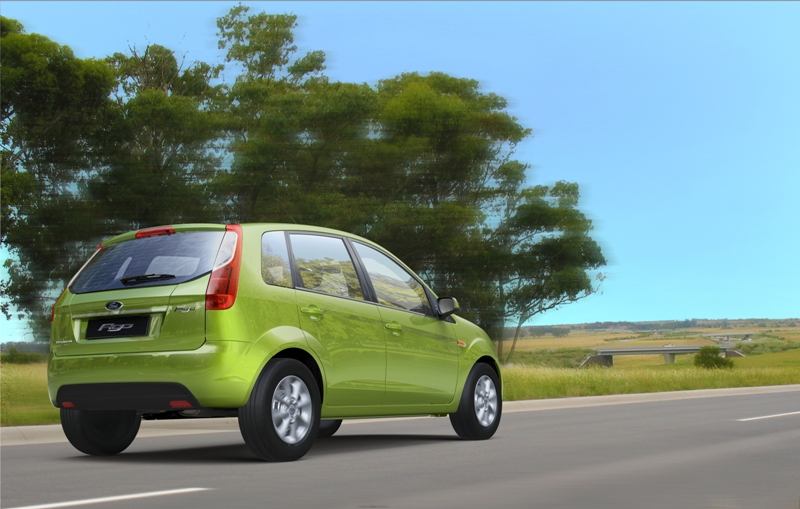
Value for Money:
Ford has really put their money on the things that really matter in making a better car. There is no climate control, but the Figo has by far the most powerful AC in its class. There are no steering mounted controls but the stereo has a much more useful features that can play songs directly from a pen-drive or from a mobile phone, directly via Bluetooth. They have skimped on tit bits like the rear power windows, alloy wheels, the steering is not adjustable for either rake or reach, the indicator stalk is on the right and it rear seat occupants don’t get adjustable rear headrests. What we can deduce from all this is that the pricing is going to be very competitive.
Gone are the days when Fords used to be nightmare to service and repair. Today the service and repair costs of new age Fords are amongst the lowest in their segments and the quality and reliability of Ford products has come a long way since the Escort days. Even the service network has expanded to include A and B towns and there is no reason to worry about the after-sales experience of a Ford car.
Verdict:
The premium hatch buyer is perhaps the shrewdest person in the marketplace, spoiled silly by the abundant amount of options competing for his attention. The success of any car in a segment as crowded as that of the premium hatches depends on a variety of parameters. We have some excellent cars in the segment like the Jazz and the Fabia which don’t find favour with the buyers because of their stratospheric price tag. While on the other hand we have some excellent value for money propositions like the Indica Vista and Palio which loose out due to the quality and the after sales support. Then we have cars as utterly gorgeous and fun-to-drive like the Punto which is not doing all that well in the market either. But then there is the holy trinity of the Swift, Ritz and i20 that constitutes the major chunk of sales. These hatchbacks give their buyers attractive style, modern features and premium feel at a middle-of-the-road price point. We believe that this is exactly where Ford plans to position the Figo, the base petrol variant starting from Rs. 5 lakh (On-Road) and going up to 5.75 lakh for the top-end variant and the diesels starting from 6 lakh and going up to 6.75 lakh. The Figo is certainly a better all-round package as compared to the top three market leaders. If priced right, it will certainly be our pick of the bunch.
Mihir Gadre
